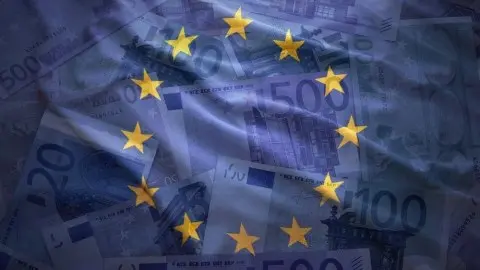Ireland: Celtic tiger continues to roar
Ireland's economy expanded 7.8% in 2017, making it one of the fastest growing in the world. Much of this figure continues to be dominated by the volatility caused by multinational firms in Ireland, but the economy also performs very well with those effects stripped out
Rapid growth
Ireland continues to show growth rates otherwise only seen in Africa and Asia. In fact, 2017 marks the third year out of four in which Ireland has grown faster than China. The impact of multinationals remains large and clouds the assessment of economic activity. Investment dropped by more than 20% in 2017, caused mainly by a swing in intellectual property investment which is dominated by multinational activity. Related to this, imports were also down, which had a large positive effect on net exports. The strong growth figures were therefore mainly attributable to net exports while consumption also had a healthy impact on growth.
The Irish Central Statistics Office “modified domestic demand” aims to provide a fairer view on domestic demand conditions. It strips out trade in aircraft by leasing companies and investment in intellectual property. While the official domestic demand data showed a decline of 9% in 2017, the modified numbers showed an increase of 3.9% over the year, which is a good indicator of the strength of the Irish economy. Unemployment fell to 5.9% in April- approaching its lows of the mid-2000s which were around 5%. This is far below the natural rate of unemployment, which is estimated by the OECD to be 8.5% this year, and as a result, wage pressures are increasing. Average hourly earnings grew by 2.1% in 2017, stronger than in any of the post-2008 years. 2018 will be a year of moderation, but growth is still likely to be well above 6% thanks to a massive carryover effect.
Signs of overheating?
While GDP growth may overstate the strength of the Irish economy, the Celtic tiger does not just exist on paper. The Irish economy is indeed growing at a very rapid pace. This brings back the concerns of a boom-bust cycle still fresh in our memory. House prices continue to grow north of 10%, indicating a significant overheating of the market. Mortgage approvals have been slowing but total transactions remain strong. This could indicate that more cash transactions are happening. As supply remains a large constraint on the market and residential construction activity remains slower than demand growth, tightness in the market continues to build.
Risks ahead
The external environment provides the largest uncertainty to the outlook. With the US tax deal in place, movements of assets away from Ireland are to be expected. Lower Irish holdings of US treasuries are a sign that the US tax changes are having an impact. At the same time, the European Commission ruling that Ireland had given Apple unfair tax incentives has had an impact on its attractiveness as well. Even bigger uncertainty comes from Brexit, as it is still very much uncertain how the Irish border issue will be resolved. The current agreement, which guarantees economic and regulatory alignment between Ireland and Northern Ireland, is facing scrutiny as the UK wants to be able to make independent regulatory changes, while it also does not want any differences in regulation between Northern Ireland and the rest of the UK. This uncertainty means that the outlook for exports remains subdued. The harder the Brexit, the more burdensome it will be on Ireland.
This publication has been prepared by ING solely for information purposes irrespective of a particular user's means, financial situation or investment objectives. The information does not constitute investment recommendation, and nor is it investment, legal or tax advice or an offer or solicitation to purchase or sell any financial instrument. Read more
Download
Download snap
17 May 2018
ING’s Eurozone Quarterly: A slower cruising speed This bundle contains 12 Articles